Trees of life: Stories of struggle, courage and hope in the Congo Basin
Camouflage-clad rangers who spend weeks in the rainforest pursuing poachers, often without guns to protect themselves. Village mamas looking for funds to send their kids to school. Elderly villagers who have legal rights to their land for the first time. Paralegals who visit the local jail weekly to make sure convicted criminals remain locked up. Indigenous gorilla trackers who lead tourists deep into the jungle without a compass. Government officials in window-lit offices struggling to provide crucial public services amid a culture of bribes. Fishers fed up with dwindling catches who realize they need to make a change to ensure a future for their children.
These are just a few of the 60 million people striving to overcome the challenges of daily life in the Congo Basin, the vast swath of tropical rainforest stretching across six countries in Central Africa. With the region facing a rapidly growing and urbanizing population, political upheaval and a burgeoning economic crisis, these forests represent a lifeline for all who depend upon it.
Since 1995, the Central Africa Regional Program for the Environment (CARPE) has invested millions of U.S. government dollars to protect the massive forest sometimes called Earth’s “second lung” while providing local people with economic alternatives to overexploiting it.
What CARPE does
Implemented by a network of government agency and NGO partners, most of CARPE’s work falls into four categories:
- Understanding the main threats to forests, wildlife and communities through field surveys and harnessing local knowledge.
- Improving laws and policies that uphold community land tenure rights and protect countries’ natural wealth.
- Enforcing those laws by raising awareness, deterring law-breakers and helping to instill rule of law in remote and marginalized areas.
- Ensuring that people have alternative ways to make a living that promote good stewardship of forests.
CARPE provides critical long-term support for iconic species, essential ecosystems and communities that have nowhere else to turn — helping to bring much-needed security to one of the most turbulent places on Earth. Most importantly, it does so by empowering those whose well-being depends on a healthy forest, from indigenous communities to local businesses to national governments.
How do we do it? Here are some of the ways.
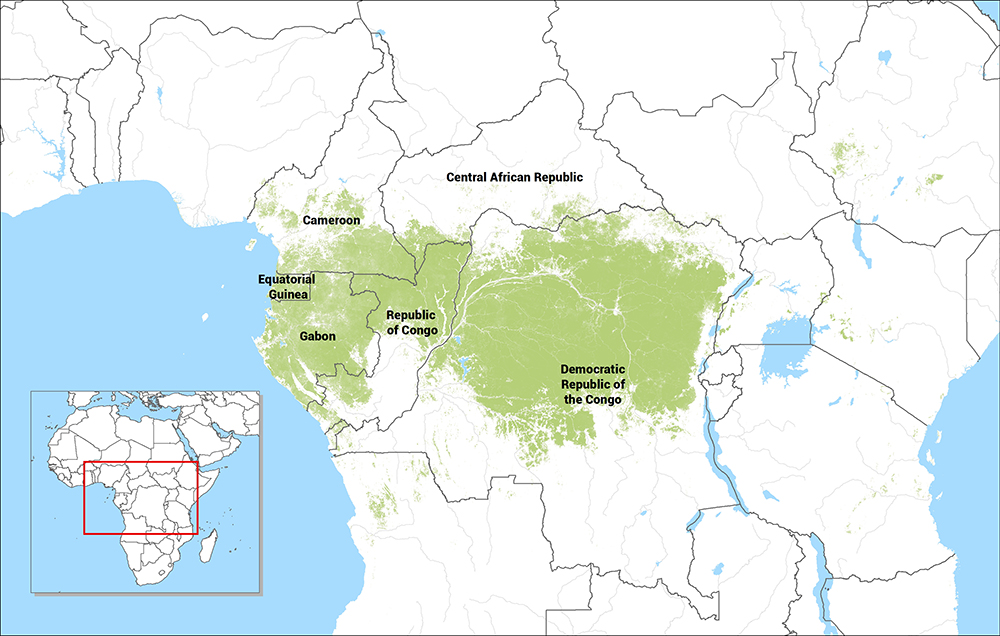
The Congo Basin contains the second-largest tropical rainforest in the world. This map shows the most densely forested areas as of 2010. Credit: Global Forest Watch.
CARPE by the numbers
- Improved the management of 116,000 square miles of rainforest — an area larger than Arizona
- Confiscated and destroyed more than 500,000 wire snares
- Apprehended more than 1,800 poachers in 2017
- Prevented about 19.7 million tons of greenhouse gas emissions — equivalent to taking 3.5 million cars off the road for one year

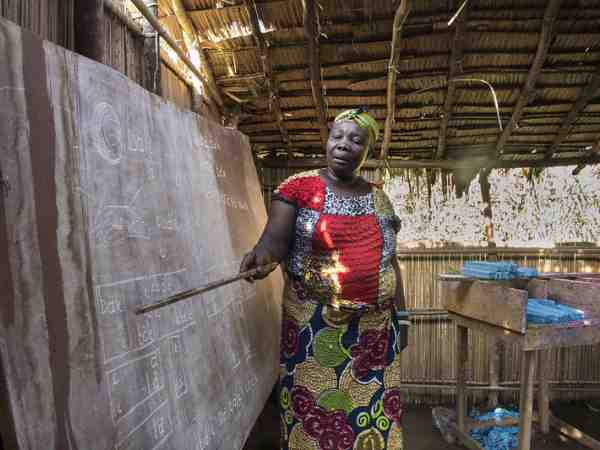
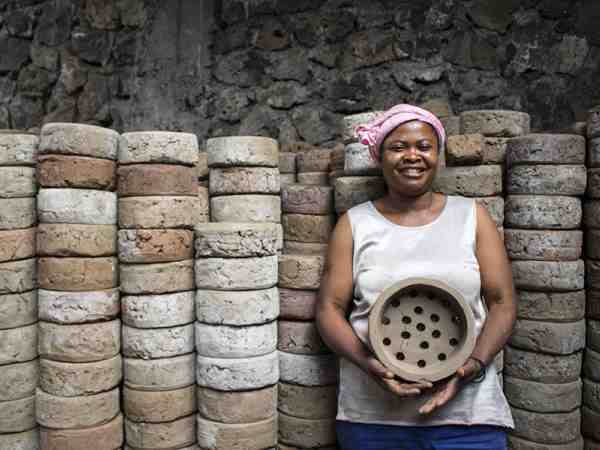
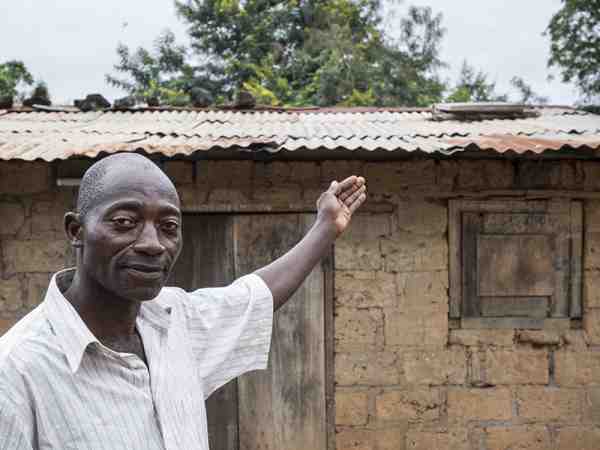
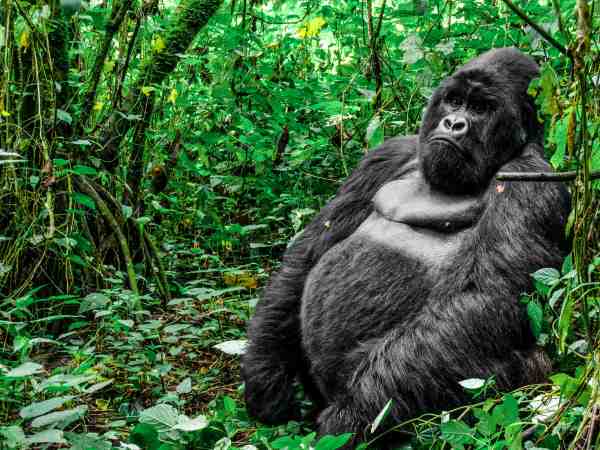
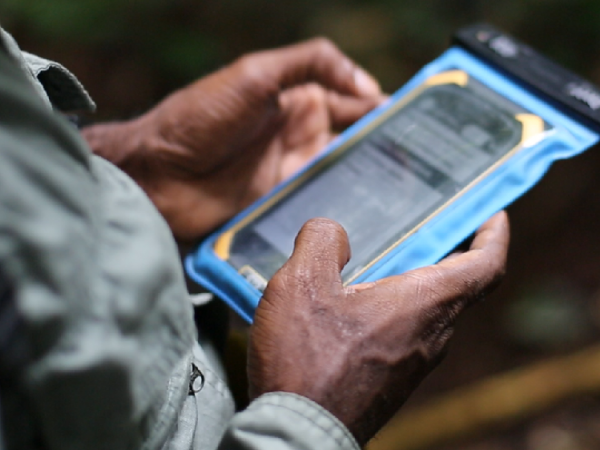
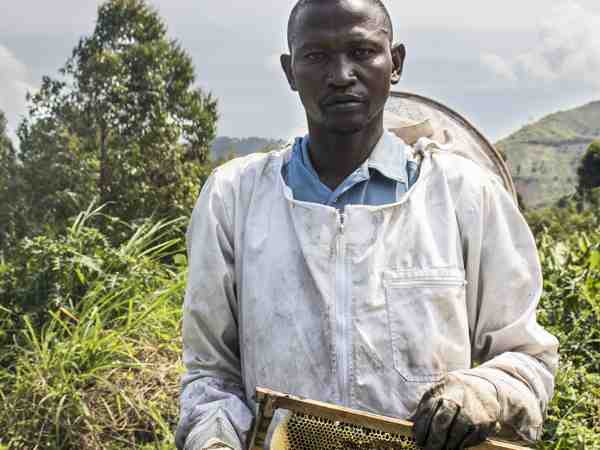
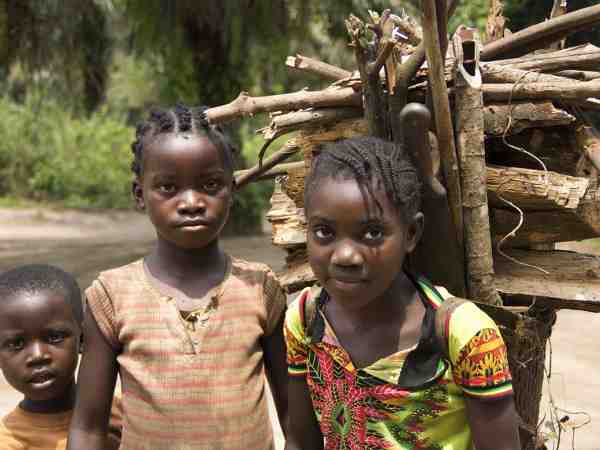
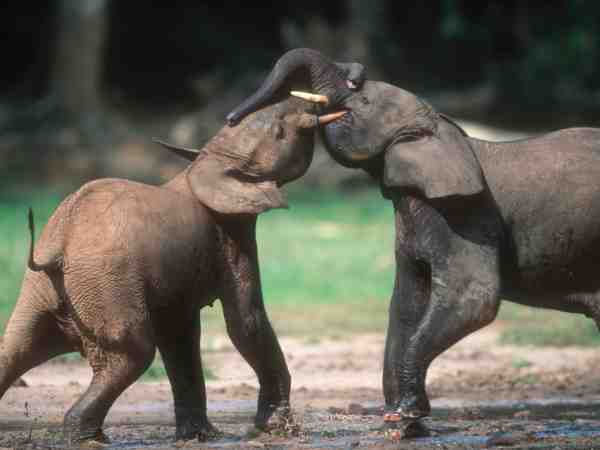
 : +243 81 555 4430
: +243 81 555 4430 :
:  :
: 











